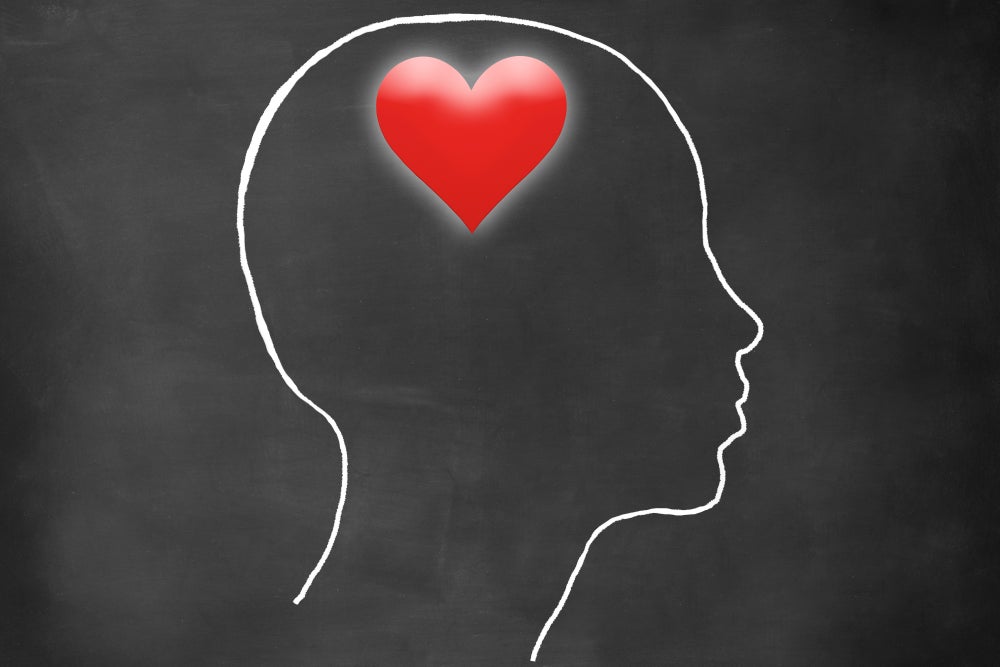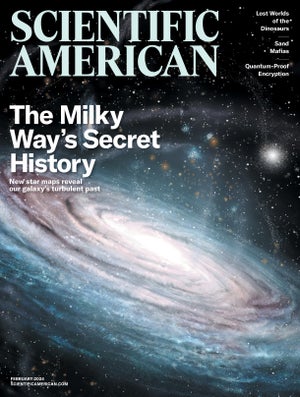| | Dear Reader,
As we embrace the spirit of love this Valentine's Day, Scientific American invites you to embark on a journey into the fascinating world where science meets matters of the heart. Love, in all its complexity, has intrigued scientists for centuries, and this Valentine's Day, we're diving deep into the science behind this universal emotion.
Join us as we explore the latest research, insights, and discoveries that shed light on the mysteries of love. From the "One thing not to do on Valentine's Day" to the science of speed dating, we'll delve into the scientific explanations behind the emotions that shape our closest relationships.
Whether you're celebrating with a partner, friends, or simply indulging in some self-love, let Scientific American be your guide to understanding the science behind Valentine's Day.
Wishing you a day filled with love, curiosity, and scientific discovery. | Sunya Bhutta
Chief Engagement Editor
Scientific American | | The Science of Love | | | | | | | | | | | | | | | | | | | |
You received this email because you opted-in to receive email from Scientific American.






Comments
Post a Comment